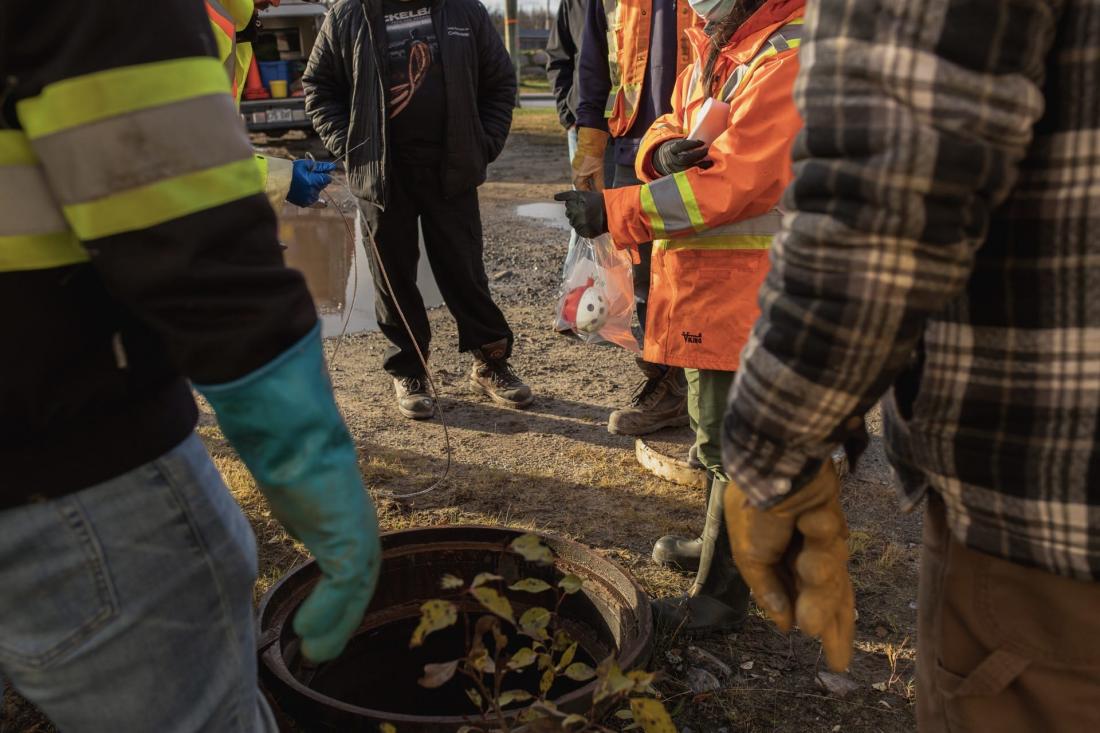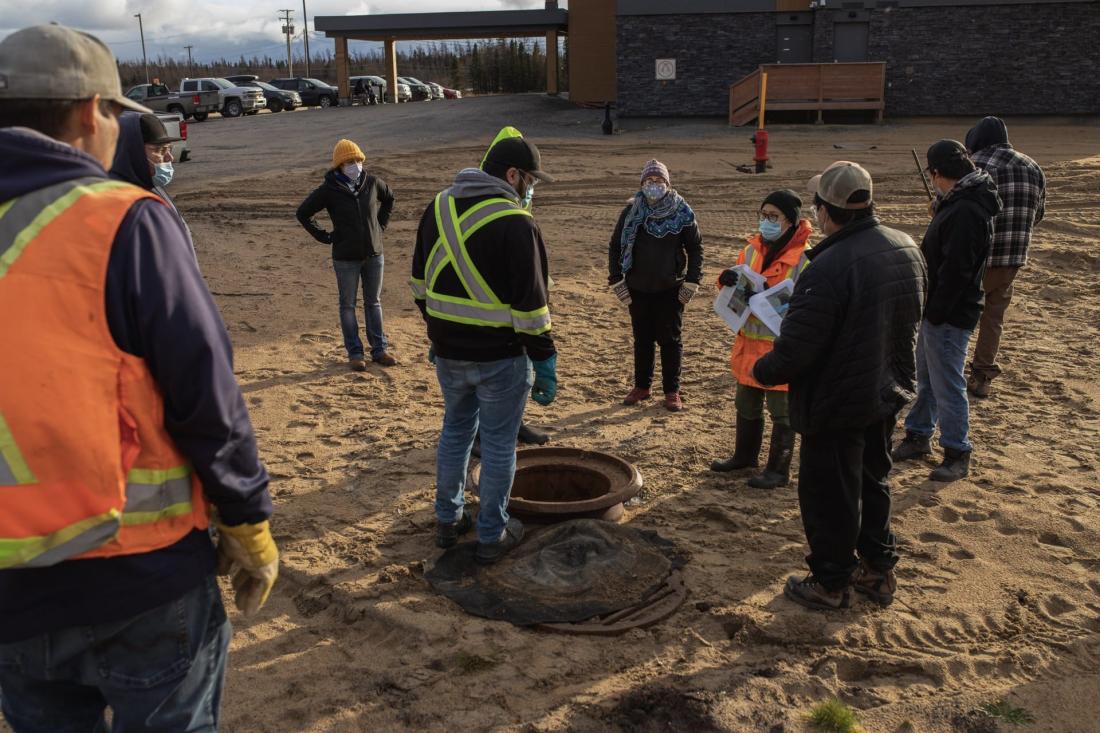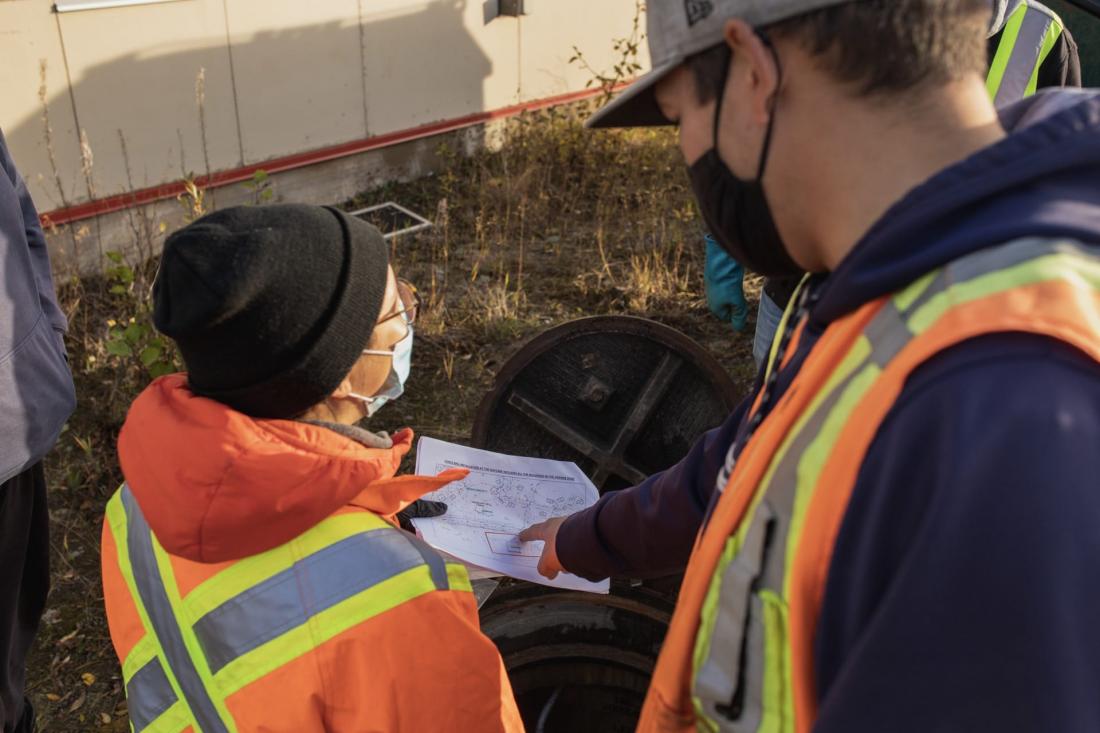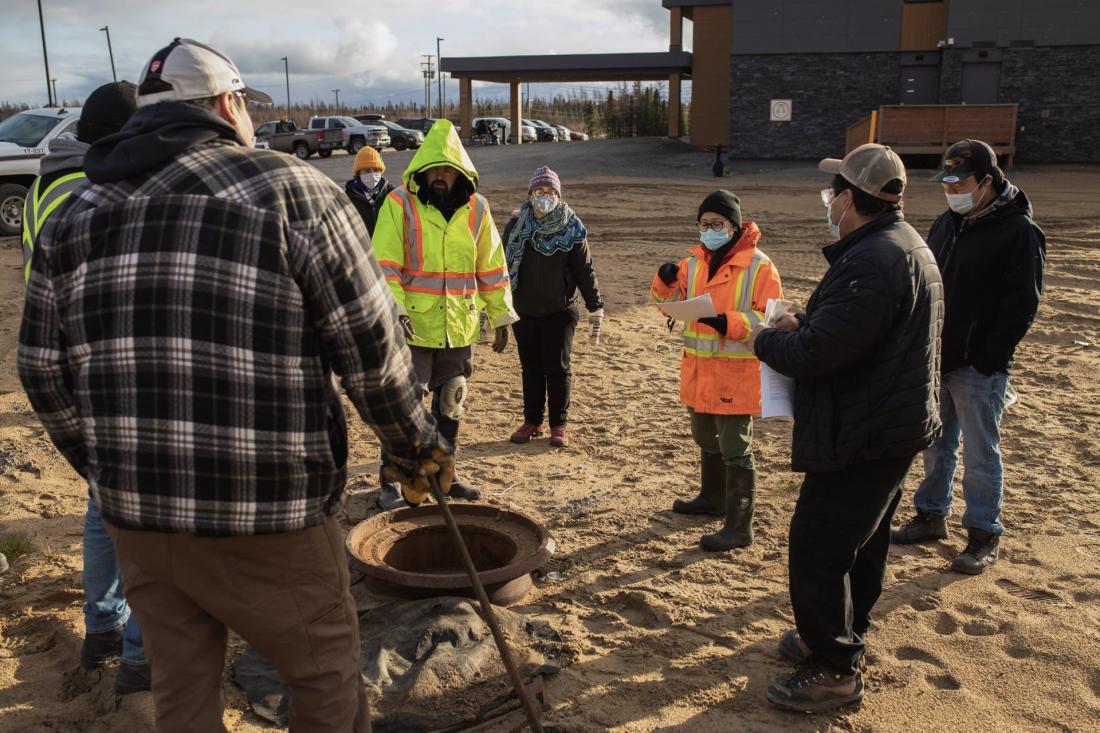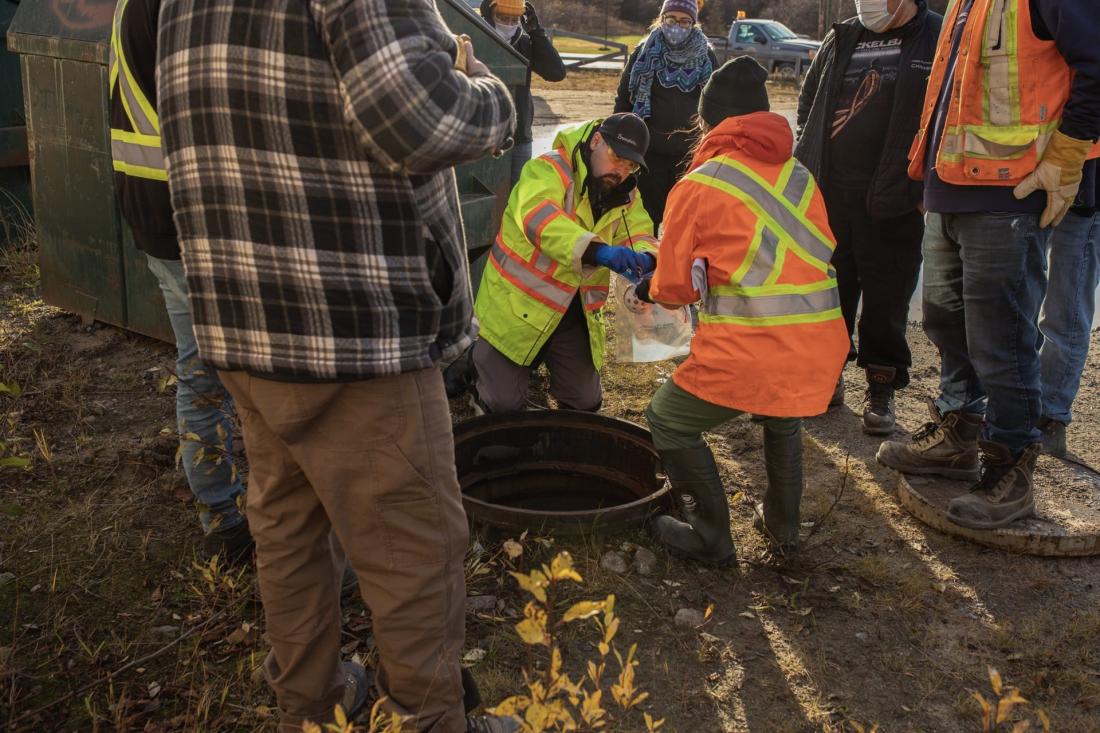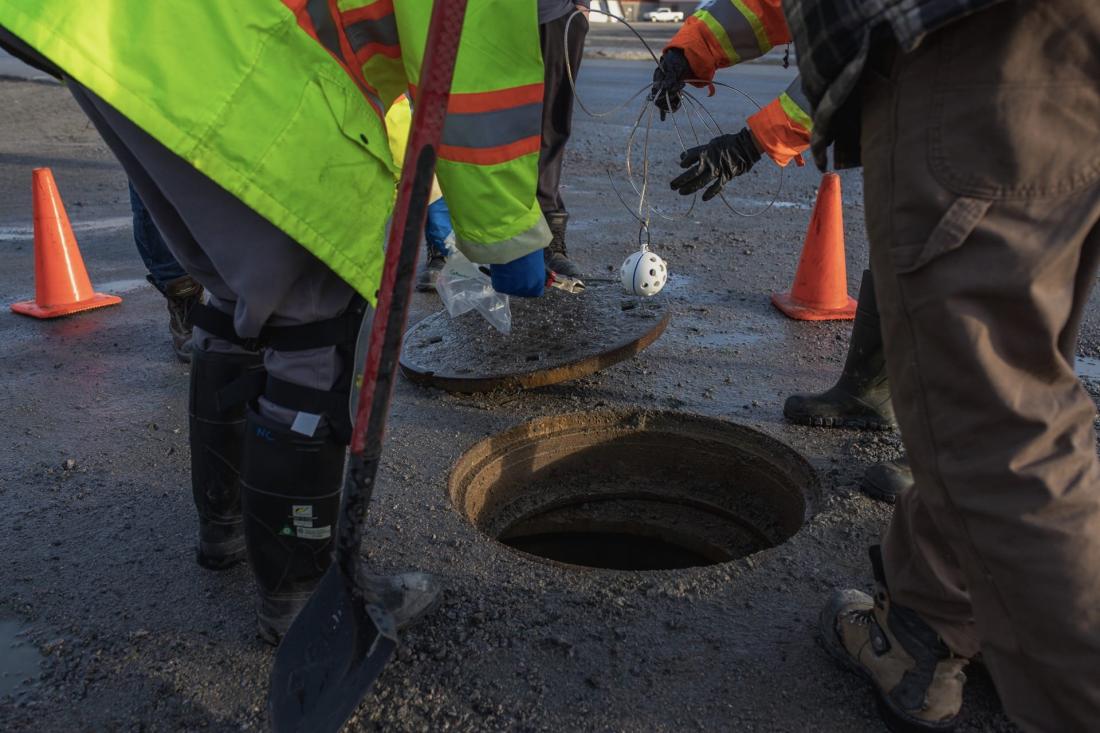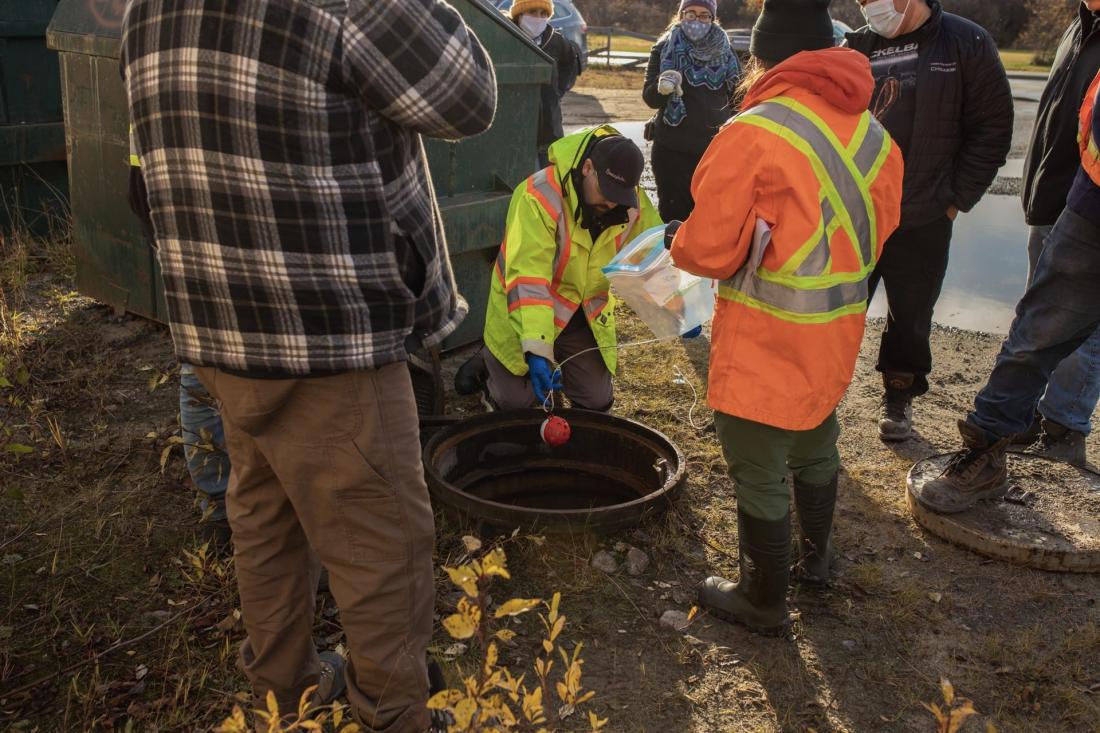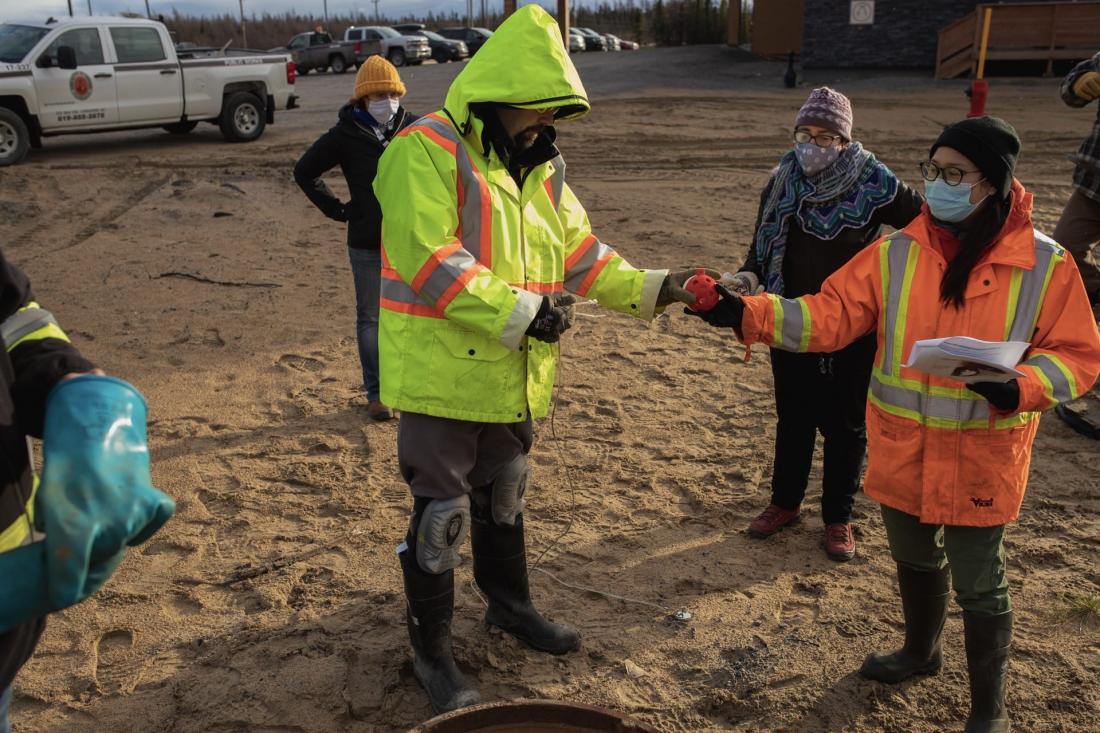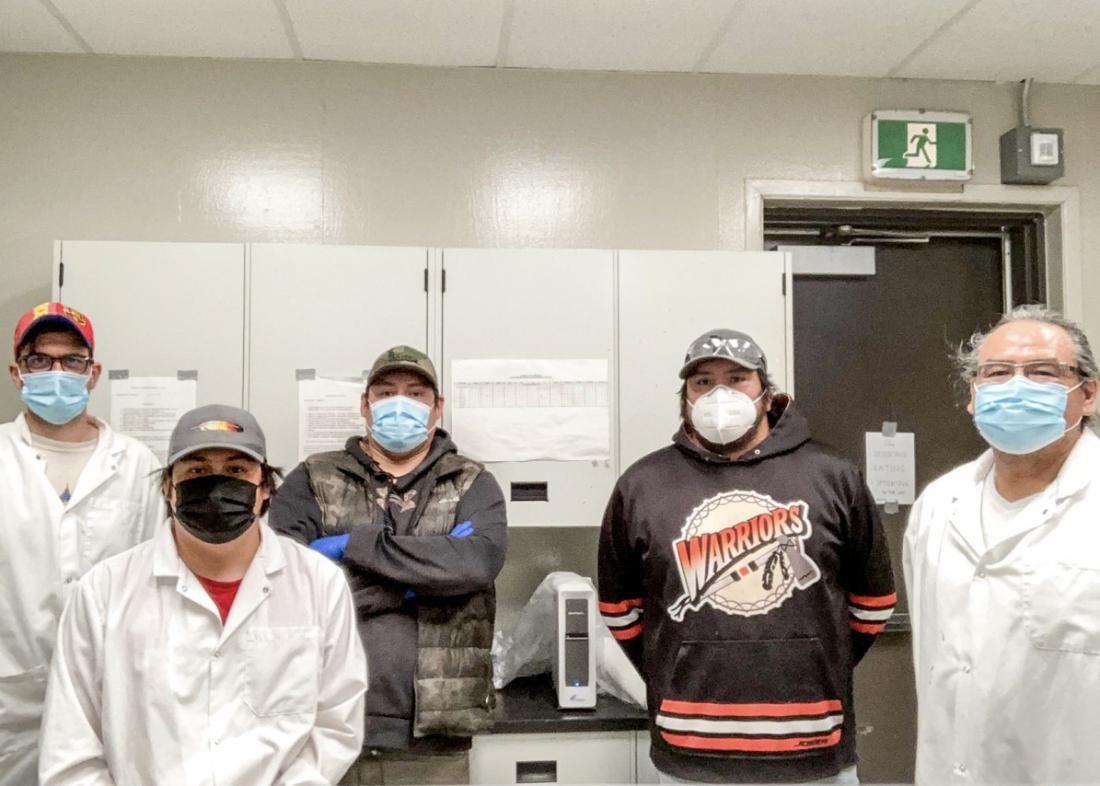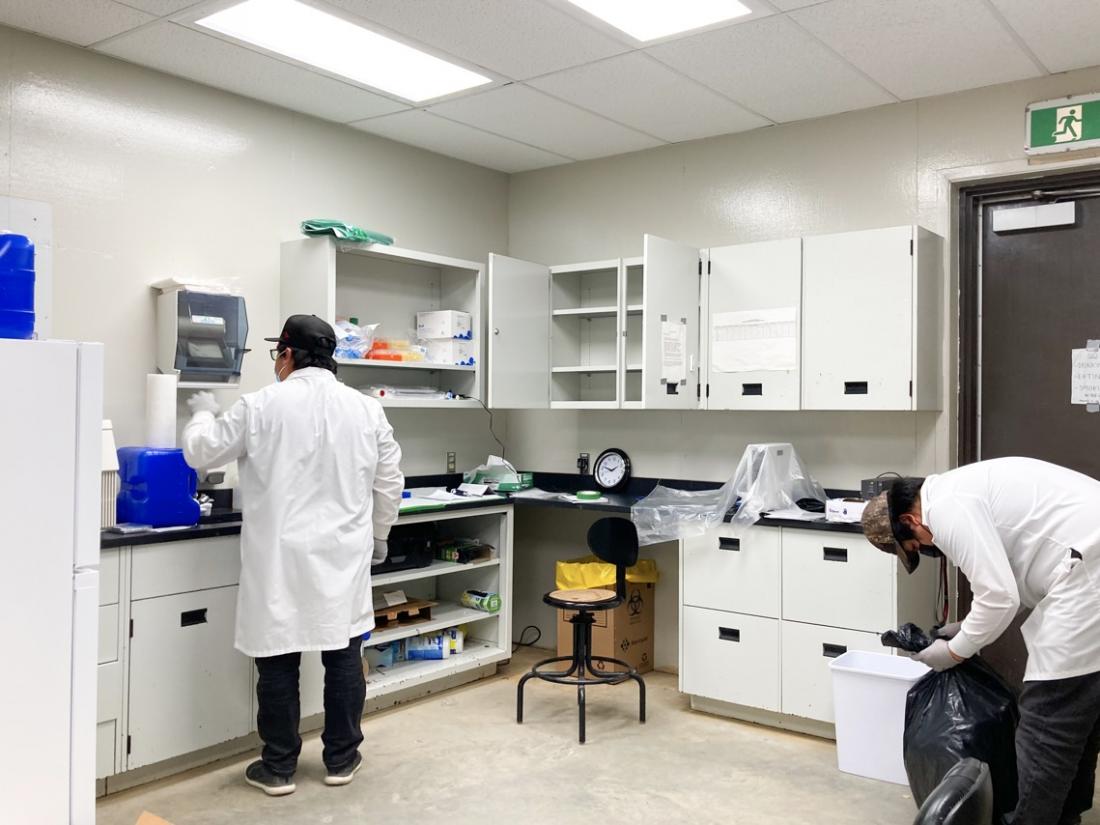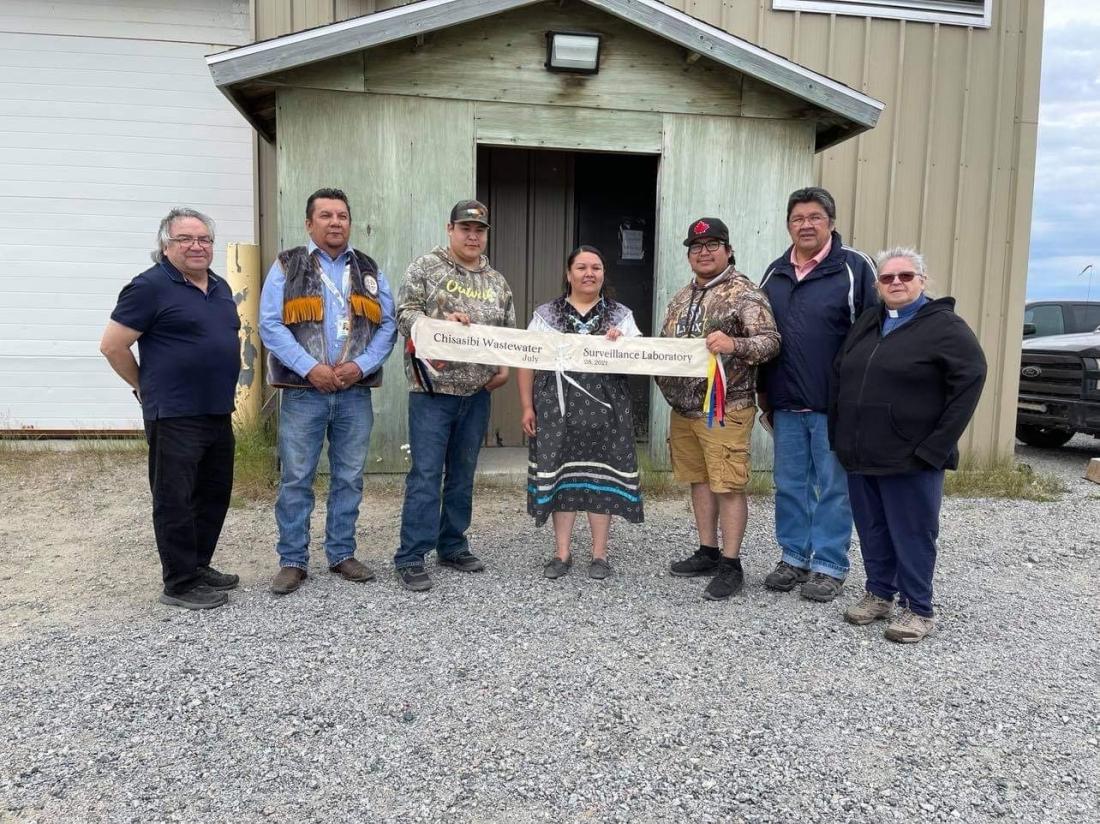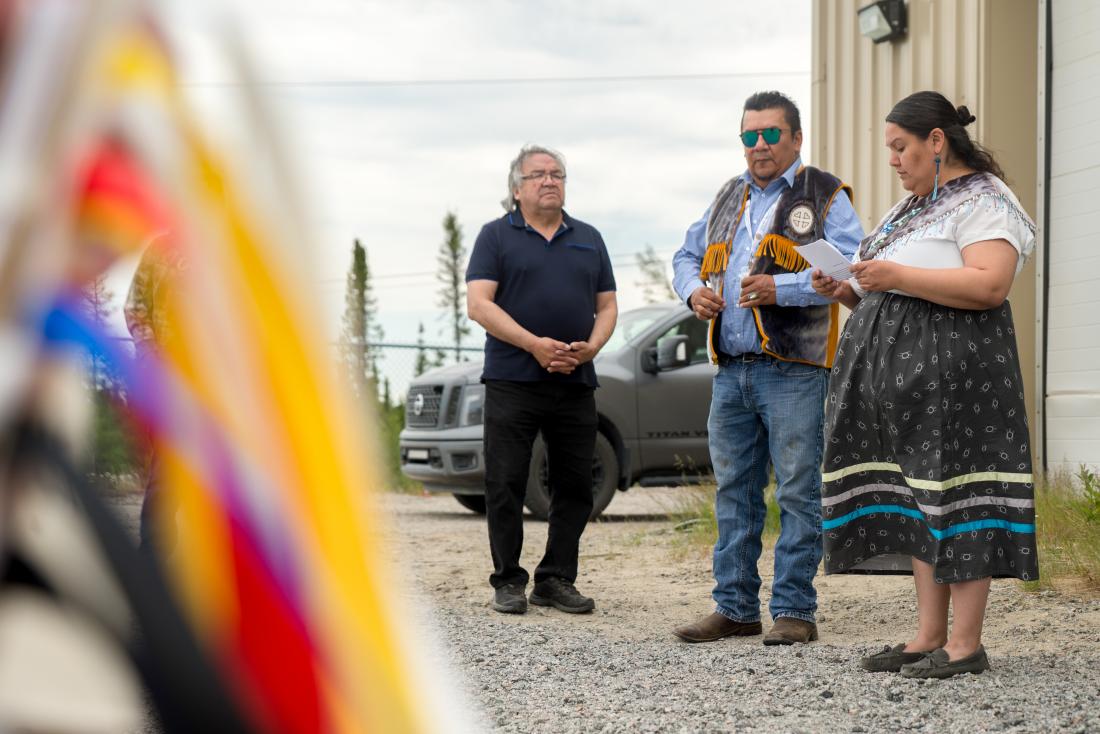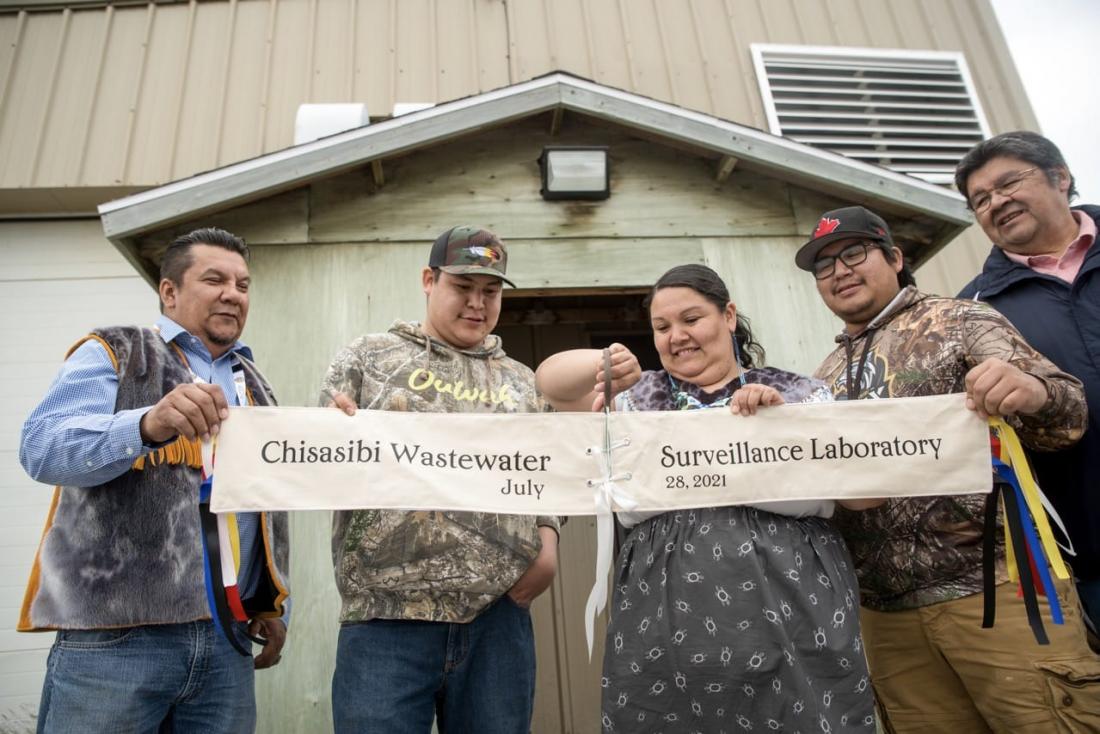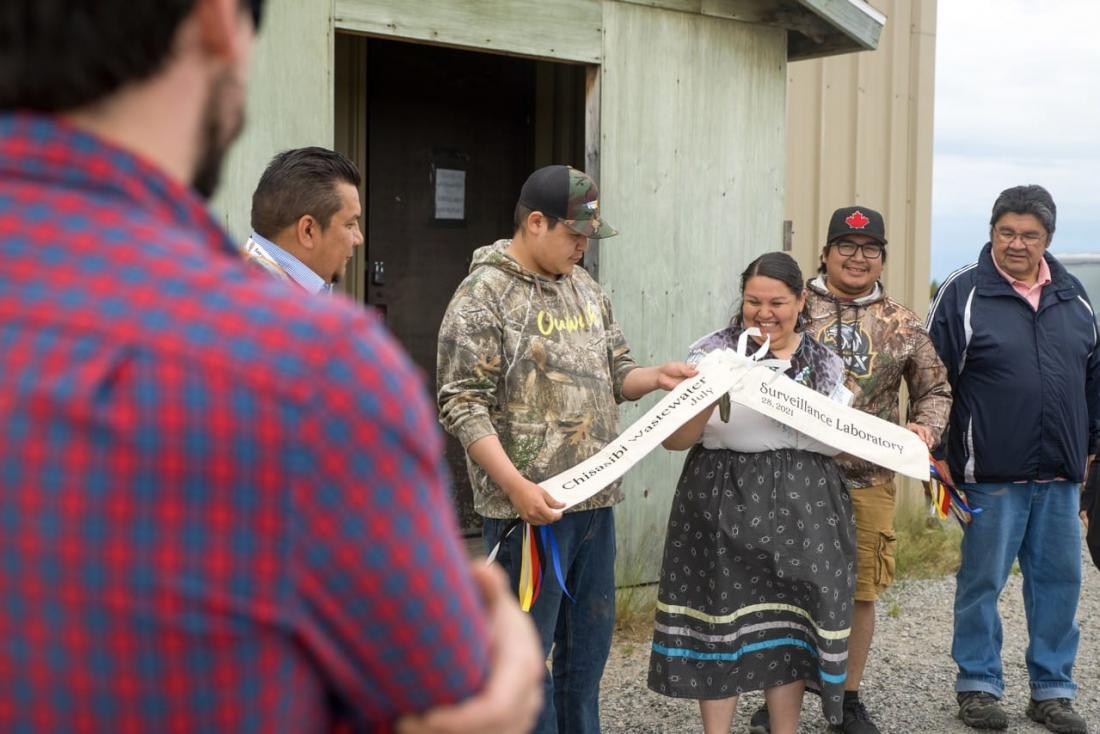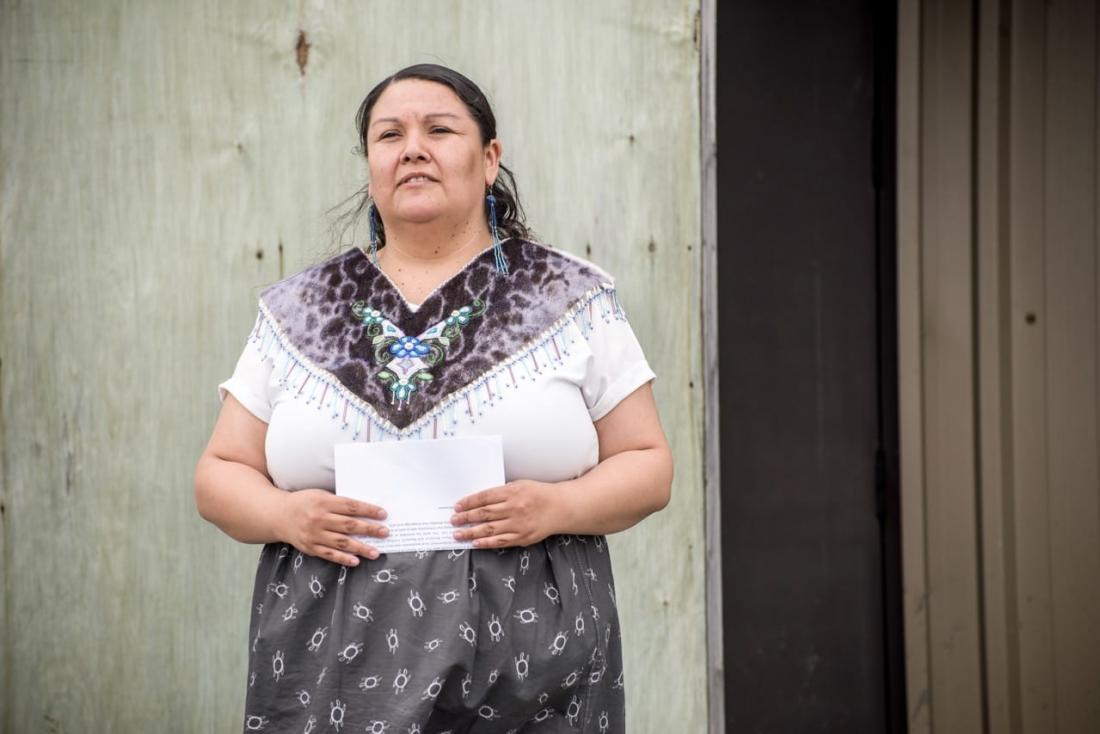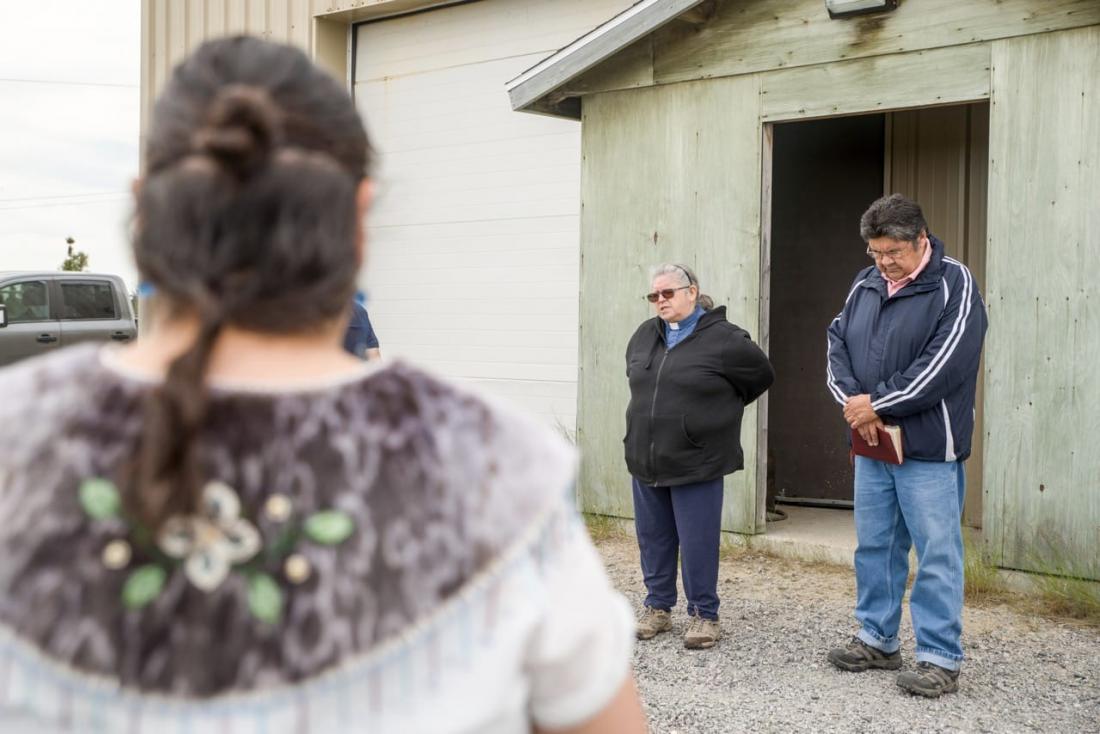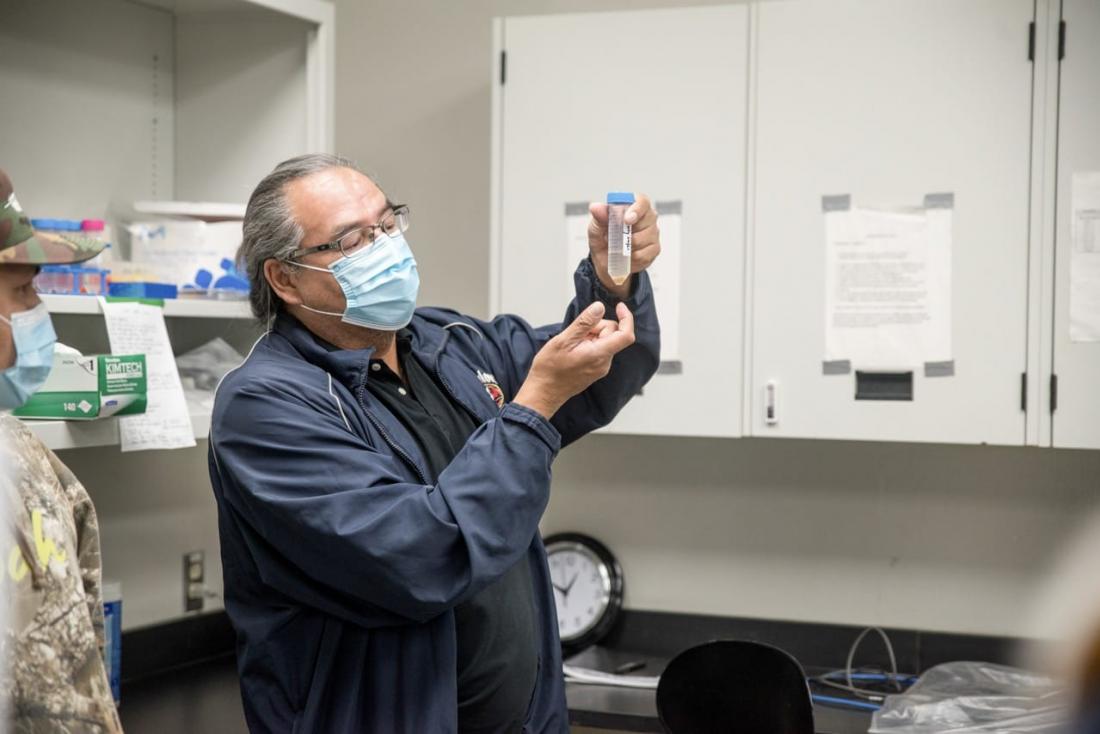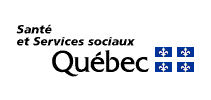Sewage Testing - A Covid-19 pilot project in Chisasibi
Sewage testing is a early-warning system to detect Covid-19 in communities. Chisasibi is running a pilot project this year to try out the technology in Eeyou Istchee.
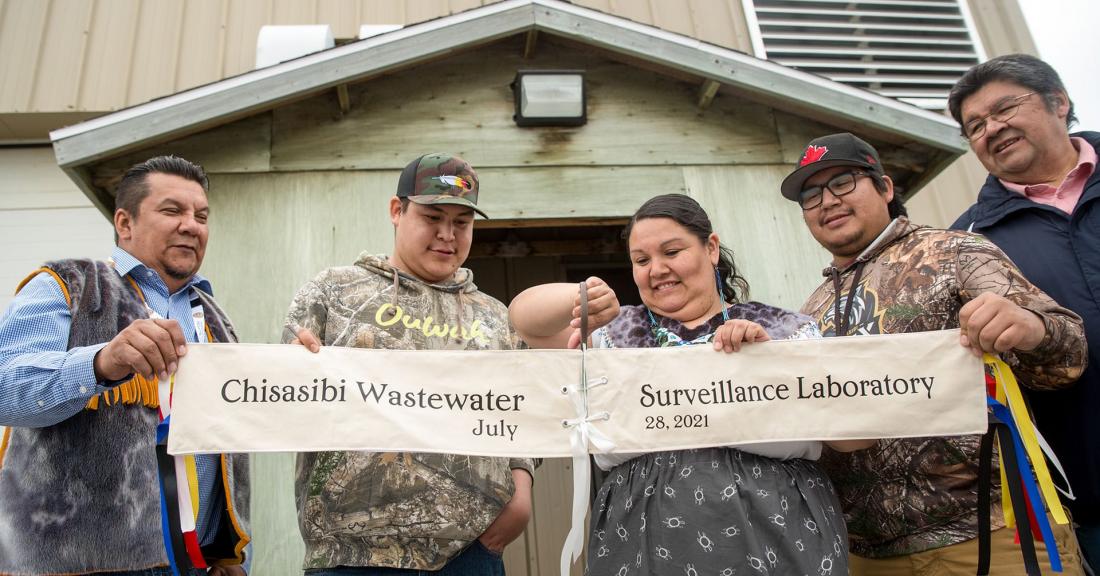
Did you know that traces of the Covid-19 virus can be tracked in sewage?
While Covid-19 is mainly a respiratory disease spread through droplets, people who are infected with the coronavirus can sometimes shed inactive traces of the virus in their stool (or poop). When flushed down the toilet, it goes into the sewer and becomes sewage.
Covid-19 doesn’t spread through sewage But testing sewage has become a useful tool for public health officials in many jurisdictions during the pandemic, helping them to detect whether the coronavirus is circulating in their communities.
That has allowed an earlier and faster response to potential infection outbreaks.
Collaborative project uses innovative technology
In Eeyou Istchee, the Cree Health Board is now testing sewage in Chisasibi as part of a pilot project launched last spring. Like other Covid-19 test methods (a swab in the nose, spitting in a cup), sewage screening could help public health officials better detect the presence of a virus in a community.

“I find sewage surveillance a compelling approach since we are using cutting-edge science and technology that did not exist a year ago,” said Paul Meillon, a Public Health Planning, Programming and Research Officer (PPRO) who worked on developing the sewage pilot project in Chisasibi.
“The sampling and lab techniques we are implementing will help protect the population against Covid-19, and could be expanded to other pathogens. At the same time, this project is building technical capacity within Eeyou Istchee.”
An Environmental Health Laboratory was set up at the lagoon with equipment (including autosampler machines and sampling kits) and training provided by the CNG.
The Health Board worked with local and regional partners, including the Cree Nation of Chisasibi, sewage operators, Chisasibi Eeyou Resource and Research Institute (CERRI), and the National Microbiological Lab to develop the project.
Similar sewage testing projects already exist in the Northwest Territories and several cities across North America, with promising results.
How does sewage testing work?
Sewage samples are collected from the sewer system three (3) times a week, and are tested for traces of the virus.
The test results are then carefully analyzed, taking the community’s context into account, to decide whether further action is needed.
If traces of the virus are found in sewage samples, it could help Public Health decide whether there’s a need for more screening tests in the community. Screening tests help identify asymptomatic infections — people who are infected with the coronavirus but feel fine, or have such mild symptoms that they don’t feel sick enough to go get tested.
If traces of the virus are found in sewage samples, it could be an early sign that an outbreak is starting. This “early warning system” can help guide recommendations to scale down or increase protective measures — such as wearing masks more carefully, getting vaccinated, and or reducing gatherings.
Knowing whether the coronavirus is present in a community helps the Infectious Disease team react earlier to reduce the potential spread of infection. This, in turn, could save some people from ever getting sick.
Why is sewage testing so useful?
Testing sewage regularly for Covid-19 is one way to know whether the virus is circulating in a community. It’s also a way to reassure that the virus is not present in a community. Either way, sewage testing strengthens the community safety net against Covid-19.
As sewage testing is established in Eeyou Istchee, it can become an additional layer of protection that works with other measures in place (vaccination, masking, and individual screening tests).
Ribbon-cutting ceremony
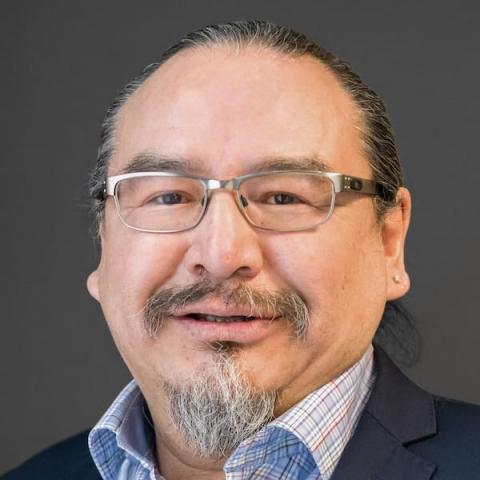
Where does the name of the project come from?
"The meaning of it (Nituuchischaayihtitaau Wiwiyaapui) comes from the old ways. The Elder would say to the young people before heading to bed - make sure to head out to privy (wiwiyuu) - relieve yourselfves so you don’t have to wake up in the middle of the night." - Reggie Tomatuk, Environmental Health Planning & Programming Research Officer
Explore more

Get answers to questions you may have about the vaccine.
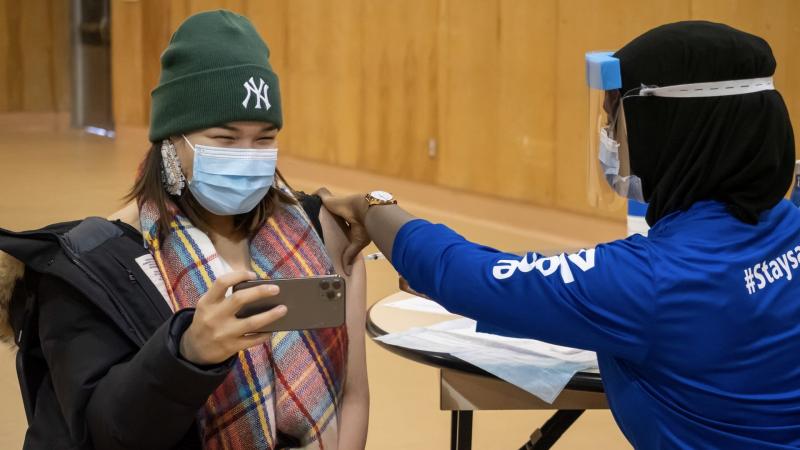
COVID-19 vaccine information for parents, guardians and youth aged 12 to 17.
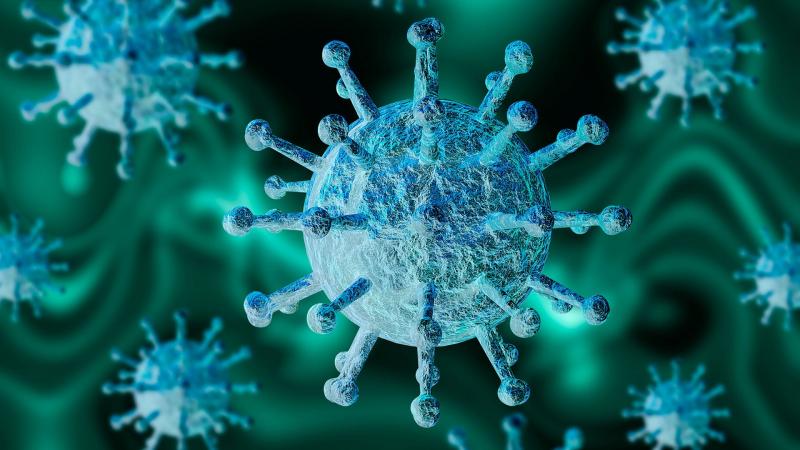
What are variants and how can you protect yourself against them?
